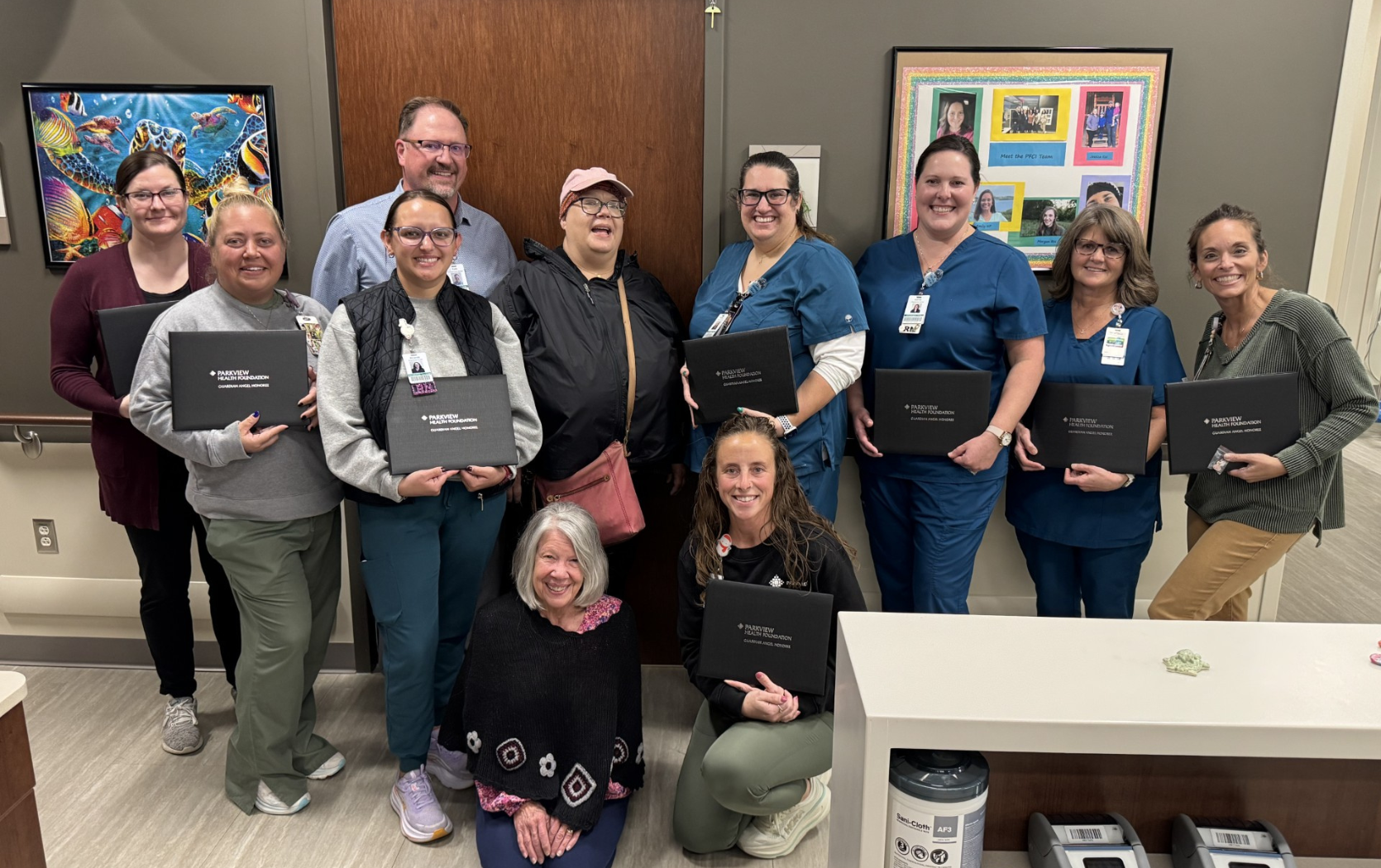
April is National Head and Neck Cancer Awareness Month. In honor of this observance, and to shine a light on the subject, we asked Sarah Wang, MD, Parkview Cancer Institute, to share her insights on these types of cancers. Join us as she elaborates on the cause, as well as the preventative measures individuals can take to help decrease their risk and development of head and neck cancers.
What are head and neck cancers?
Head and neck cancers can arise in the oral cavity, pharynx, larynx, nasal cavity, paranasal sinuses, thyroid and salivary glands. The most common type of head and neck cancer is squamous cell carcinoma. Approximately 66,000 new cases of oral cavity, pharyngeal and laryngeal cancer occur in the United States annually and account for 3% of all malignancies.
How common is head and neck cancer?
The American Cancer Society estimates that 14,480 new invasive cervical cancer cases will be diagnosed in 2021. This is less than a quarter of the estimated new head and neck cancer cases. While cervical cancer is prevalent, head and neck cancers are more common. However, public awareness of cervical cancer is substantially higher compared to head and neck cancer.
What can someone do to decrease the possibility of developing head and neck cancer?
Before I answer that question, let’s first take a look at the risk factors. The most prominent risk factors for head and neck cancers are tobacco consumption, alcohol consumption, human papillomavirus (HPV) and Epstein-Barr virus (EBV). All tobacco products, including smoking tobacco products, chewing tobacco and smokeless tobacco products, are associated with an increased risk of head and neck cancers. Additionally, the Herpes simplex virus (HSV), Hepatitis C virus (HCV), immunodeficiency, betel nut chewing, occupational or environmental toxins, radiation exposure, particular preserved foods, poor dental hygiene and periodontal disease are also risk factors for the development of head and neck cancers. Keeping these risk factors in mind while abstaining from tobacco and alcohol products could help decrease the risk and development of head and neck cancers. The HPV vaccine could potentially provide protection as well.
Can you elaborate on how HPV causes head and neck cancer?
In the United States each year, there are about 17,500 women and 9,300 men affected by HPV-related cancers. Moreover, HPV is no ordinary virus. It consists of a family of prevalent and potent viruses. There are more than 200 types of HPV, which are high-risk and carcinogenic. Additionally, almost all HPV-positive head and neck cancer cases express the viral E6 and E7 oncoproteins. The E6 protein inactivates tumor-suppressor protein p53, also known as the “guardian of the genome.” The E7 protein disrupts the retinoblastoma (pRb) tumor suppressor. Unfortunately, when tumor suppressors cannot function appropriately, cells with damaged DNA are not being eliminated. As a result, unchecked growth may occur and lead to malignant change.
Will the HPV vaccine prevent HPV-mediated squamous cell carcinoma of the head and neck?
The HPV vaccine is recommended for routine vaccination at 11 or 12 years of age but can start at age 9. The Centers for Disease Control and Prevention’s (CDC) Advisory Committee on Immunization Practices (ACIP) recommends vaccination for everyone through 26 years of age, if not adequately vaccinated previously. Currently, only the nine-valent HPV vaccine is available in the United States. Based on the 2020 CDC database, the percentage of adults aged 18−26 who received one or more doses of the HPV vaccine increased from 22.1% in 2013 to 39.9% in 2018. The percentage of adults aged 18−26 who received the recommended number of doses of the HPV vaccine increased from 13.8% in 2013 to 21.5% in 2018.
Furthermore, the New England Journal of Medicine published a Swedish study on October 1, 2021, demonstrating the success of the HPV vaccine in preventing invasive cervical cancer. This study was based on nearly 1.7 million women from 2006 through 2017. In this study, the cumulative incidence of invasive cervical cancer among unvaccinated women was 94 cases per 100,000 persons by 30 years of age. The cumulative incidence among women who had initiated vaccination before 17 years of age was 4 cases per 100,000 persons by 28 years old. The benefit of the HPV vaccine in preventing cervical cancer is evident.
Based on data from 2011-2014 and a study of the National Health and Nutrition Examination Survey (NHANES), researchers found that the prevalence of oral infection with four high-risk HPV types was 88% lower in individuals who reported receiving at least one dose of an HPV vaccine than in individuals who were not vaccinated. This equates to more than 2,600 18-33-year-old men and women. Usually, it can take 10-20 years or more after being infected with HPV for cancer to develop. At present, the impact of the HPV vaccine on head and neck cancer incidence is unknown. I would expect a reduction in HPV-related head and neck cancer incidence over the next few decades as more age-appropriate children receive the HPV vaccination. However, only a randomized clinical trial could definitively show a cause-effect relationship in this case.



